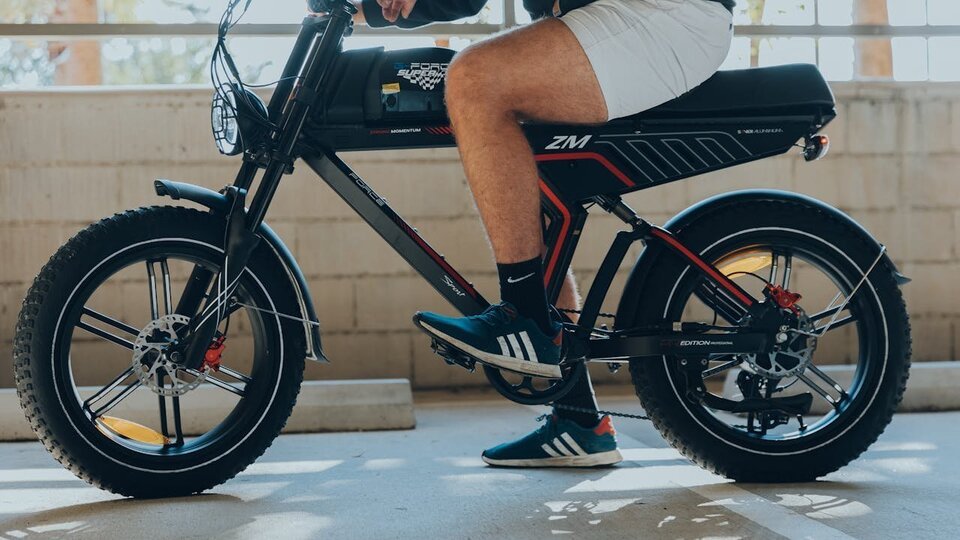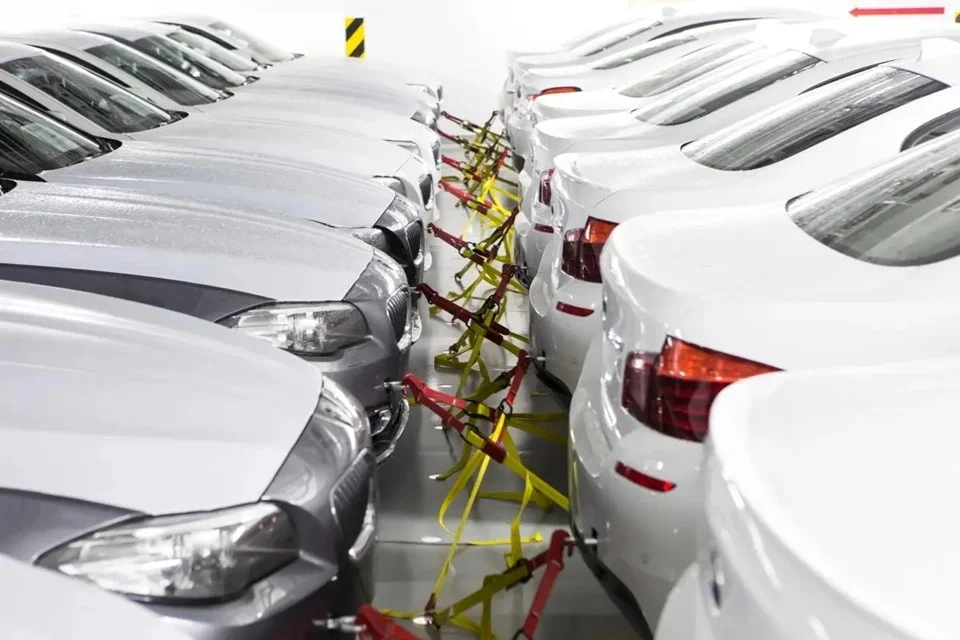People have traditionally used cars as their primary method of transportation between locations. The combination of increasing fuel expenses, traffic jams, and environmental issues has led numerous people to seek alternative transportation methods. Various commuting alternatives exist that provide easier and more affordable travel options while promoting better health outcomes. The following five transportation choices serve as excellent options for urban and suburban travel.
Public Transportation: A Reliable Standby
Public transportation systems consisting of buses, trains, and subways enable quick movement between urban and suburban locations. They operate at reduced costs, eliminating expenses for gas maintenance and parking fees. Real-time tracking systems implemented by numerous cities enable users to plan their trips more efficiently by avoiding extended delays. People who commute by public transit experience reduced stress during their journeys because they can read, work, or simply relax.
The downside? Public transportation systems restrict their service through fixed schedules and predetermined routes. The absence of complete coverage in specific areas creates travel challenges because it restricts access to certain locations unless additional transportation methods are used. People who reside in areas with extensive public transit networks consider public transportation their preferred mode of travel instead of driving.
Bicycles: A Healthy and Eco-Friendly Choice
Biking has always been a great way to travel short distances, stay active, and cut down on transportation costs. Many cities have improved bike lanes, making cycling safer and more accessible. With bike-sharing programs growing in popularity, it’s easier than ever to hop on a bike when needed. Weather conditions and terrain can be challenging, though. Riding in extreme heat or rain may not be appealing. Also, long distances can be tough for those who aren’t regular cyclists. Still, for shorter commutes and quick errands, bicycles offer an efficient and environmentally friendly way to get around.
Electric Scooters: Convenient and Compact
Electric scooters have become a common sight in many cities. They are lightweight, easy to use, and perfect for short commutes. Many scooter-sharing programs allow riders to pick up and drop off scooters anywhere within a designated zone. Their affordability and convenience make them a great option for navigating crowded areas. Scooters do have some drawbacks. Sidewalk rules and traffic regulations vary, which can make riding tricky. Battery life is also a concern, especially for those who rely on scooters daily. Despite these challenges, scooters remain a fast and fun way to travel without a car.
Electric Bikes: The Perfect Middle Ground
Electric bikes offer a great solution for those who want the benefits of biking without the physical strain. These bikes provide pedal assistance, making it easier to travel longer distances or ride up hills. They are an excellent alternative for daily commutes, combining speed and ease of use. If you reside in the area, e-bikes in Jacksonville, FL, offer an excellent way to move around without relying on a car. With growing infrastructure for cyclists, e-bikes have become a popular choice in many cities. They are a great investment for those who want a cost-effective and sustainable mode of transportation.
Walking: The Simplest Option
Walking remains the most basic and accessible way to get around. It’s completely free and offers great health benefits. In walkable cities, pedestrians can enjoy local shops, parks, and restaurants without worrying about parking. Many urban areas have improved sidewalks and pedestrian-friendly infrastructure, making walking a viable option for everyday travel.
However, distance plays a big role. Walking may not always be practical, especially when time is limited. Weather can also impact how comfortable it is to walk long distances. Still, for those who live in compact neighborhoods, walking is a fantastic way to travel while enjoying the surrounding environment.
Conclusion
Each alternative has its advantages and limitations, depending on personal preferences and specific circumstances. Some people prefer the speed of electric bikes, while others enjoy the simplicity of public transportation for daily commutes. Factors like distance, cost, and convenience all play a role in choosing the best option to fit individual needs. As cities continue to develop better transportation systems, alternatives to cars will only become more accessible and widely used. Exploring these choices can lead to a more efficient, affordable, and enjoyable way to get around, benefiting both individuals and communities.



